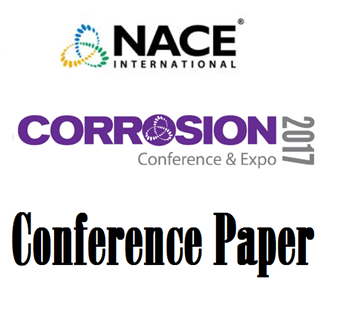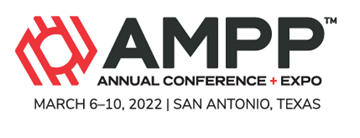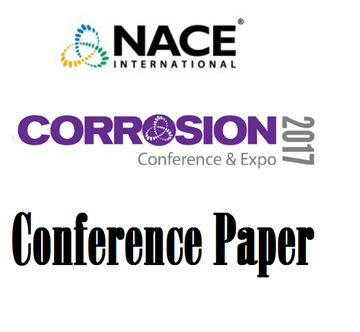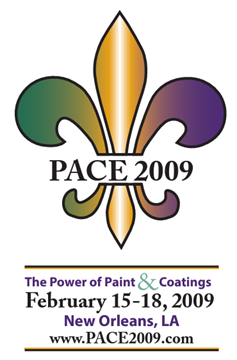Search
Individual Conference Papers
View as
Sort by
Display
per page
Electronic Management of Paint Records - Paperless QA
Product Number:
41214-860-SG
Publication Date:
2014
$20.00
Elemental Sulfur and Speciation in High Pressure High Temperatures Oil and Gas Well Environments: Their Role in Stress Corrosion Cracking of Corrosion Resistant Alloys
Product Number:
51317--9035-SG
ISBN:
9035 2017 CP
Publication Date:
2017
$20.00
Elemental Sulfur Corrosion Behavior in the Presence of Sulfur Solvent and Monoethylene Glycol
Product Number:
51315-5930-SG
ISBN:
5930 2015 CP
Publication Date:
2015
$20.00
Elevated Temperature Effects of Hydrogen and Hydrogen-Containing Nitrogen-Based
Product Number:
51323-19291-SG
Publication Date:
2023
$20.00
Elucidating the Differences Between Weight Loss and Instantaneous Corrosion Rates for Azole Films on Copper Metallurgy
Product Number:
51315-5924-SG
ISBN:
5924 2015 CP
Publication Date:
2015
$20.00
Elucidating the Effect of Build Location and Powder Morphology on the Corrosion of Selective Laser Sintered Additively Manufactured 316L Stainless Steel
Product Number:
ED22-17456-SG
Publication Date:
2022
$20.00
Elucidating The Influence Of Calcium Ion Concentration On Corrosion Inhibitor Performance
Product Number:
51321-16692-SG
Publication Date:
2021
$20.00
Enabling Carbon Steel With A Special scCO2 Corrosion Inhibitor – A Field Study
Product Number:
51322-18205-SG
Publication Date:
2022
$20.00
Enabling Decarbonization through Conversion of Natural Gas Pipelines to Blended Hydrogen Service through a Nanocomposite Surface Treatment
Product Number:
51324-21204-SG
Publication Date:
2024
$40.00
Endospore Production in Response to Microbiocides in the Microbiologically Influenced Corrosion Implicated Genus Clostridium
Product Number:
51319-13126-SG
Publication Date:
2019
$20.00
Endurance Regression Testing: A Method to Replace ASTM D2992
Product Number:
51317--9208-SG
ISBN:
9208 2017 CP
Publication Date:
2017
$20.00
Energy Efficiency – How to Build a Dry House
Product Number:
41209-474-SG
Publication Date:
2009
$20.00












